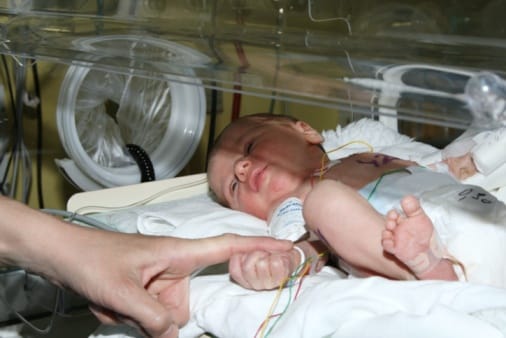C-Sections Can Cost Twice As Much As Natural Birth And Lead To More Complications

Home births are on the rise in the United States, which is speculated to be a push back to the “too posh too push” phenomenon of elective c-sections. Although c-sections are the most common surgery in America, the rising numbers are not exactly considered positive for women or babies. Intermountain Healthcare began comparing the data between women induced before and after 39 weeks (a full pregnancy). The results determined that respiratory problems were twice as high for infants born at 38 weeks, and five times as high at 37 weeks. Fewer inductions means far fewer c-sections, which ultimately saved Intermountain Healthcare $46 million in 2008.
Once Intermountain Healthcare discovered the disparity in infant health depending on induced birth, the organization began limiting induced births for healthy women before 39 weeks in 18 of their 23 hospitals. Msnbc reports:
As a result, about 500 newborns avoided breathing problems and the ICU over the following year, sparing parents the grueling sight of their infant on a ventilator and saving at least $1 million a year in unnecessary medical costs for families and insurers…That reduced risk and brought even more savings because C-sections, the most common surgery in the United States, can cost twice as much as vaginal deliveries and lead to medical complications for children.
According to msnbc, a c-section at a Group Health hospital can cost anywhere between $7,100 and $9,400, compared with an average statewide price tag of $15,200 to $21,600. These findings are particularly relevant in our expensive healthcare system, in which insurance companies and doctors are trying to find ways to contain costs. But with elective c-sections (which now account for one in every three births in America) and induced labor posing risks to the health of infants, it’s no wonder more and more women are choosing to have their births at home.






